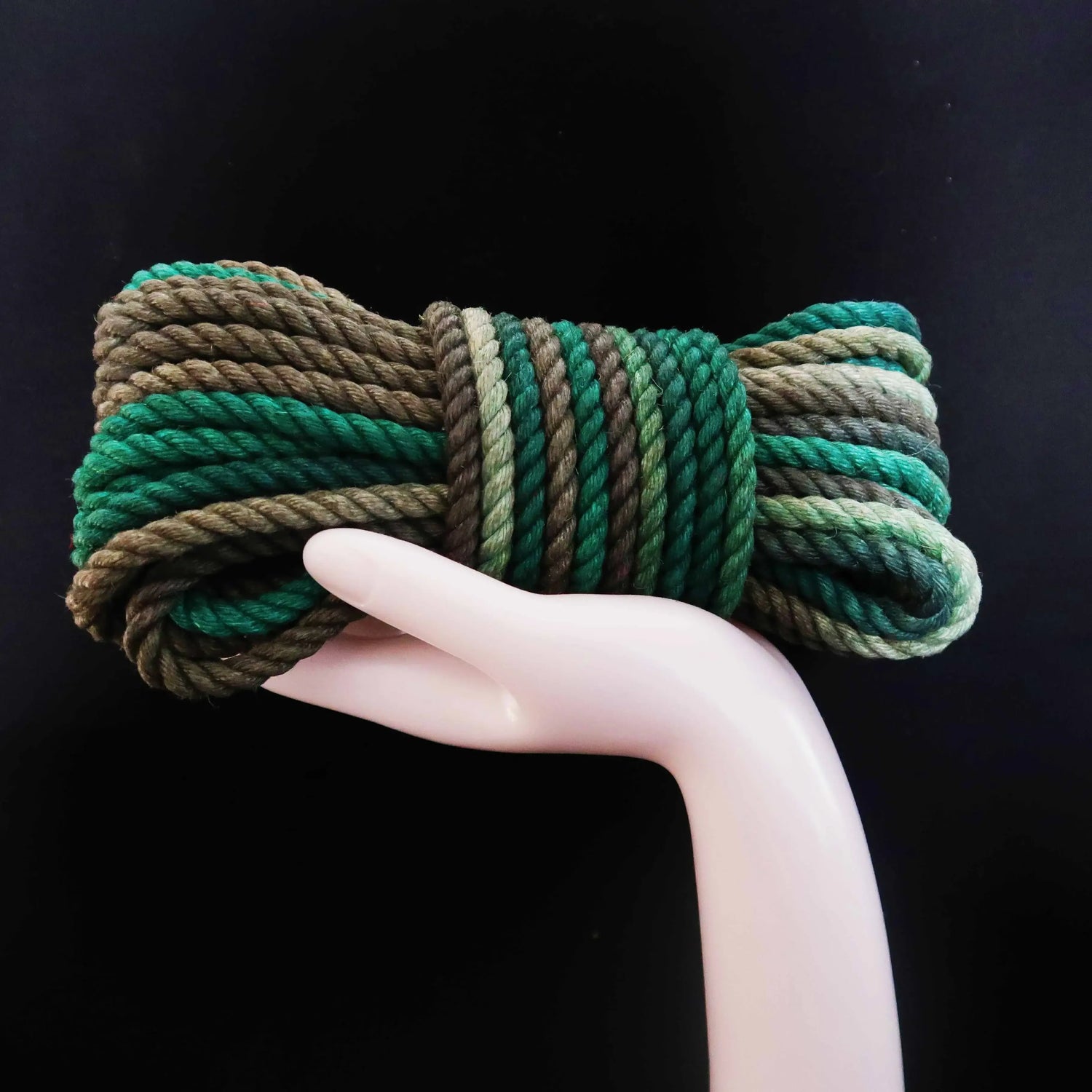For me, Shibari is much more than just a rope art; it’s a profound way to explore myself and communicate with others. When I first stumbled upon Shibari, I was intrigued by its traditional roots in Japanese culture. This ancient tying technique has taken on new artistic and emotional meanings in contemporary practice, which captivated me. Initially, I learned about the aesthetics of Shibari through various images and videos, and I was struck by the way the lines of the human body intertwined with the knots. The arrangement of the ropes, the touch on the skin, and the shifting postures all made me realize that Shibari is not just about skill; it’s also a powerful form of emotional expression.
The Complexity of Experience
When I actually began to practice, I found that the experience was far more complex and nuanced than I had imagined. What is Shibari? It’s not just about visual beauty; it’s a journey through a series of psychological and sensory experiences created through the interaction between rope and body. When I am the one being tied, the ropes gradually tighten around me. With each loop, I feel an unusual sense of calm. It’s as if I’m isolated from the chaos of the outside world, and my focus is entirely on the feel of the ropes and the movements of the rigger. This concentration places me in a meditative state, making time seem to slow down while the ropes connect me to the present moment.
Embracing Vulnerability
Shibari is also about letting go of control and accepting restraint. As someone who typically likes to be in control of my life, Shibari taught me how to trust others and find a sense of release through that trust. Every time I’m tied up, I feel a subtle dependency; this isn’t just physical restraint—it’s emotional support. When you completely trust the rigger, the tension from the ropes transforms into a feeling of safety. You know you’re in good hands, and in that intimate interaction, the sensation of being bound can be more relaxing than being unbound.
For me, Shibari has become a form of emotional and spiritual release. The process of being tied up allows me to engage in a dialogue with my own emotions—the tension and relaxation symbolizing the pressures and releases we face in life. I appreciate how this physical binding expresses my inner feelings, enabling me to confront my vulnerabilities and strengths in a unique way.
The Rigger's Perspective
Of course, when I take on the role of the rigger, the experience is entirely different. Every loop of rope requires immense focus; each knot is critical for the comfort and safety of the person being tied. Watching the ropes slide through my hands, slowly creating elegant geometric patterns, brings me a sense of creative fulfillment. More importantly, I feel a deep connection with the person I’m tying. This interaction isn’t one-sided; it’s a continuous, intricate dialogue. I must constantly observe their breathing, body movements, and even the slightest changes in expression to ensure their experience is enjoyable and safe. This realization struck me: Shibari isn’t just about tying; it’s a way to build trust and connection between people through rope.
Finding the Right Rope
Since I have sensitive skin, choosing the right type of rope is particularly important to me. I’ve tried various materials until I found the perfect Shibari rope made from Bangladeshi jute, processed using traditional Japanese techniques. The texture is exactly what I’ve been looking for. It’s soft and smooth, making contact with my skin without any irritation. Plus, after being treated and oiled, it gives off a subtle natural fragrance, adding a soothing element to each tying session. This delicate texture and the comfort it provides make the whole experience feel even more intimate.
A Deep Exploration
In my view, Shibari is a journey of deep exploration—not just physically or technically, but psychologically and emotionally. Each tying session is not merely an act; it’s a language that allows for silent communication with myself or others. This communication occurs in the moment but can reshape how I understand trust, relationships, and myself over time. Shibari has taught me how to find freedom within constraints and how to feel empowered within limitations. This paradoxical balance is what makes Shibari so uniquely captivating.
Conclusion
So, what is Shibari? It’s a multifaceted practice that weaves together art, emotion, and trust. Whether you’re a participant or a rigger, the experience transcends mere technique; it’s about connecting deeply with yourself and others. It’s an exploration that invites you to embrace vulnerability, trust, and ultimately, the beauty of human connection through the art of rope.
----- Kaito,in Chicago


